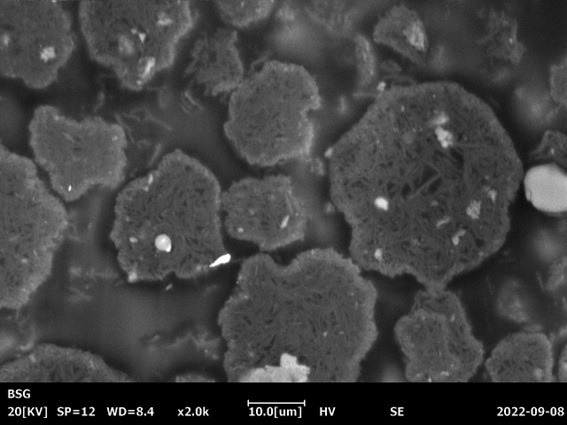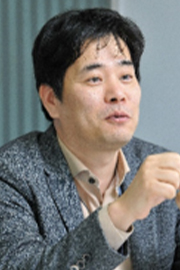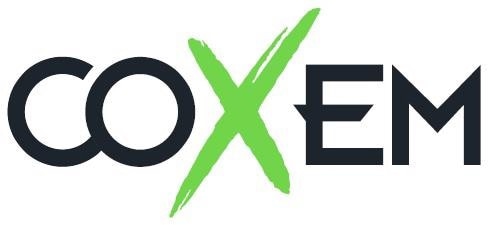Please provide a brief background on BSG Materials and their products and technologies.
Established in 2021, BSG Materials Co., LTD. commercializes secondary battery materials for electric vehicles.
The high capacity of anode materials is crucial for improving performance, such as extended driving range and fast charging.
BSG Materials is creating a superior candidate material for a high-capacity ‘Nano Silicon-based Anode Active Material’. The company owns the technology for the manufacture of plasma nano-silicone.
How are the ion milling system ‘CP-8000’ and SEM used to develop products and technologies?
We examine the surface, shape, and inner structure of active materials using an electron microscope, and we use the EDS and BSE modes to verify phase distribution.
The EDS is employed to analyze foreign contaminants and trace elements. These results enhance the performances of these active materials. Cross-sectional observation is vital to analyze the internal structure, and the CP-8000 ion mill is the perfect tool for preparing samples for such studies.
How were samples handled before the implementation of COXEM CP-8000? Please explain the differences before and after its introduction.
Before purchasing the CP-8000, we conducted all cross-sectional studies on a FIB. However, as we could only process individual particles, completing the process would take approximately one hour.
Using the ion milling system, composite particles are molded and processed in a sizable area, allowing the observation of multiple particles at the same time. This saves a significant amount of time since we can observe the whole cross-section of active materials and analyze their internal structure.
You have used the CP-8000, an ion coater, and the EM-30 table-top SEM for single-sided etching. What do you consider to be the benefits of COXEM products and services?
Although they have equivalent performances, Coxem products are more economical than other alternatives we considered. Additionally, we believe that it would be simpler to obtain customer service.
However, a significant skill level is necessary for some processes, including machining area setting, jig assembly, and machining thickness setting. If a jig was created that was easier to use, this would be more convenient.
An advantage of Coxem is that Coxem SEMs use the same sample holder as the CP-8000. This enables us to move between the SEM and the ion mill easily, without endangering the sample.
Please tell us what the engineers at BSG Materials think of COXEM apparatus. Were there any difficulties in adjusting to the COXEM SEM and ion mill?
Due to the considerable use of automation and a straightforward GUI configuration, operating the COXEM apparatus is relatively intuitive. Following simple training, anyone can use the equipment, granting more researchers the opportunity to study their samples.
BSG Materials has great growth potential in secondary batteries and is a promising startup. Thanks to the popularity of electric vehicles due to environmental concerns, the secondary battery market has been growing rapidly. In the Republic of Korea, many research institutes and businesses are actively involved in academic research and have made significant investments in such fields. As an expert in the industry, what do you consider the advantages of the COXEM SEM and CP-8000 within the secondary battery market?
The majority of active materials used for secondary batteries are micrometer-sized. Tabletop SEMs can replace high-resolution, expensive electron microscopes in most applications and are simpler to use.
They are also compact, allowing their installation in constrained places, and their straightforward mechanical layout makes maintenance convenient and simple. This is why they are ideal for our research activities.

Battery Cathode material prepared with the CP-8000+ Ion Mill and imaged with a Coxem EM-30 Tabletop SEM. Image Credit: COXEM Co. Ltd.
About Doo-in Kang
Doo-in Kang is the Director of BSG Materials and holds a Master’s degree in materials engineering, attained at Pukyong National University.
Doo-in Kang has worked in R&D on numerous composite materials for almost two decades, specializing in electromagnetic wave absorbers, thermal interface materials, magnetic materials, and more recently, the composite anode material development.

This information has been sourced, reviewed and adapted from materials provided by COXEM Co. Ltd.
For more information on this source, please visit COXEM Co. Ltd.
Disclaimer: The views expressed here are those of the interviewee and do not necessarily represent the views of AZoM.com Limited (T/A) AZoNetwork, the owner and operator of this website. This disclaimer forms part of the Terms and Conditions of use of this website.